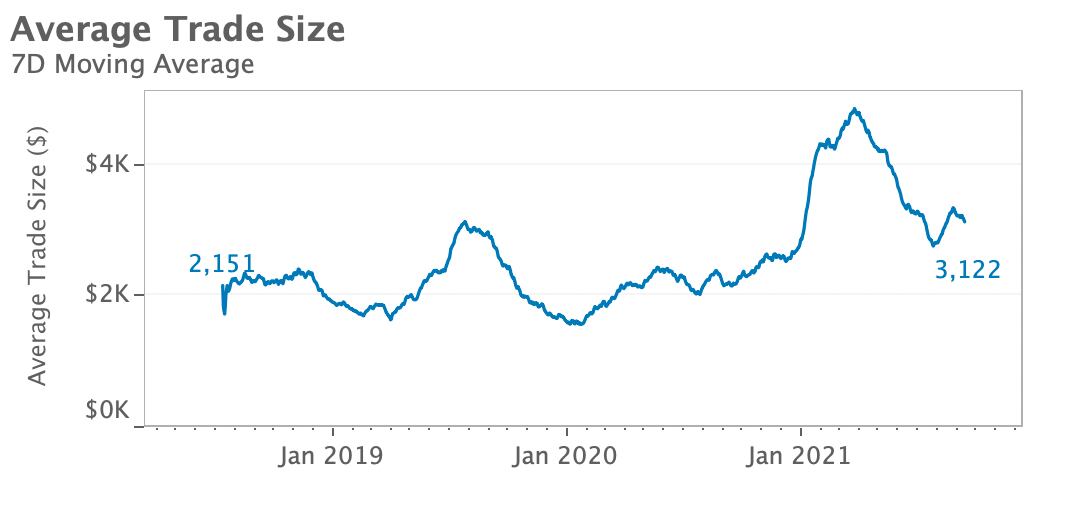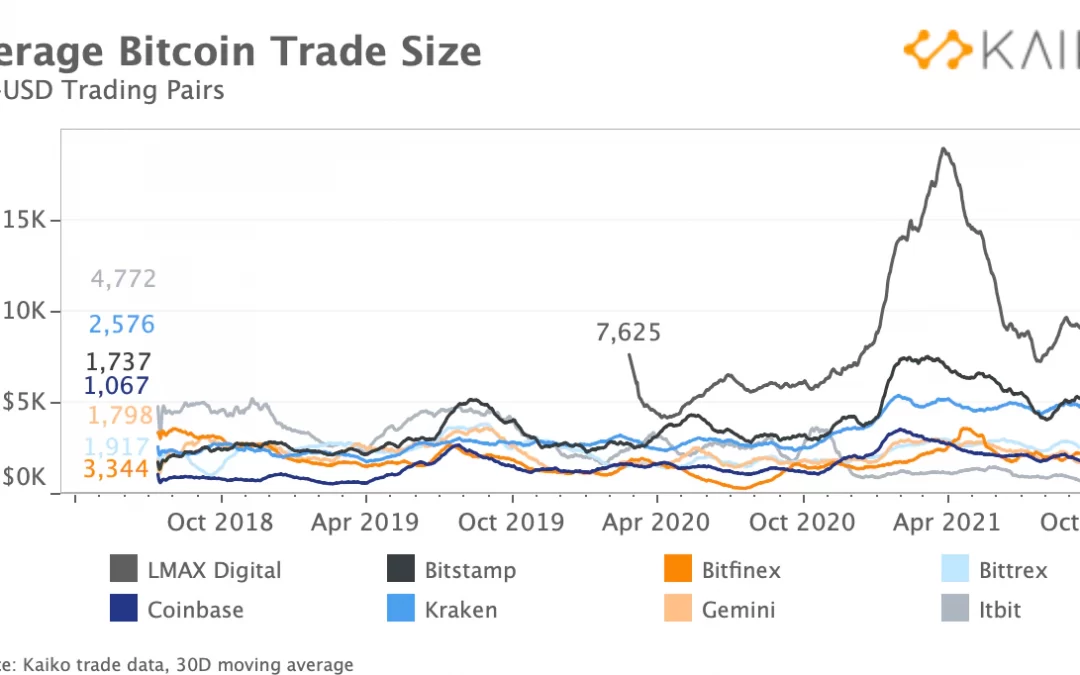We’re approaching Christmas and many expect the art of window dressing to take hold.
No, not on the streets of our towns, where shops prepare far too early for holiday sales. Rather, we’re talking the lengths portfolio managers are said to go to make it look like they made all the right bets in 2021.
You’re reading Crypto Long & Short, our weekly newsletter featuring insights, news and analysis for the professional investor. Sign up here to get it in your inbox every Sunday.
Is that what could be coming for the cryptocurrency markets in the next few weeks? If past mutual fund behavior is any guide, window dressing may not be a driving factor, but there are still things portfolio managers do – or don’t do – that help drive up asset prices in their portfolios before New Year’s Eve.
For those unfamiliar with the theory, window dressing is the idea that portfolio managers sell their losing positions and buy more of their winners ahead of year-end reporting so they look like they’ve been making all the right moves. Among other consequences, that could punish already-losing securities and pump winners even higher.
Many studies have been done suggesting that may be the case, but they usually use quarter-end data to come up with their conclusions.
However, one study published in 2014 in the Review of Financial Studies used actual mutual fund equity trading data from 1999 to 2010. While not finding evidence of typical “window dressing,” researchers Gang Hu, R. David McLean, Jeffrey Pontiff and Qinghai Wang found something more nuanced.
“We find that both abnormally high institutional buying and abnormally low institutional selling are associated with price inflation,” they wrote. “We further show that the portion of buy trades increases sharply on quarter-end, and especially year-end, days. Further analyses reveal that institutional buying declines at year-end, whereas institutional selling has an even larger decline at year-end, thereby creating the high portion of buys.”
Basically, funds were increasing buys of their bigger stock positions up to near the year-end, but they stopped selling at an even higher rate. That, in turn, contributed to higher prices for those assets.
There may be a reason that happens, according to the researchers.
“We do not find evidence of targeted trading with year-end sales; the decline in selling is not greater for stocks of which institutions hold large positions. However, unlike buying a stock, delaying the sale of a stock is in most cases costless. It therefore makes sense for managers to not sell any stock at year-end if they are concerned about year-end net asset values.”
Profit taking?
Yet an institutionally-driven selloff may be in the cards for crypto, if one analyst is correct.
Edward Moya, senior market analyst at currency trading platform Oanda, expects fund managers will dump their winners to realize gains for the year. In his view, the recent rally, spurred on by higher-than-expected U.S. inflation data, makes it more enticing to managers to sell off their bitcoin.
“As inflation worries grow, that will actually become a negative for bitcoin, because what’s going to happen is you’re going to be approaching year-end and all of Wall Street wants to show that they are profitable in trading cryptos,” Moya said on Wednesday’s First Mover program on CoinDesk TV. “With bitcoin up over 120%, [ether] over 550%, I think you’re probably going to see some decent profit taking. So, I think that is going to be a big risk that you’re going to have in the short term.”
Counter to the general narrative that bitcoin will rally because of inflation fears, Moya foresees that very argument working against the cryptocurrency, at least until Dec. 31.
If inflation continues to climb at current rates or faster, “you’re going to see, I think, some panic selling,” Moya predicts. “Typically, when we have a major risk reversal on Wall Street, because bitcoin has been one of the most profitable trades out there, you’ll probably see some weakness. So, at some point, within the next few months, you’ll have a decent pullback, maybe 10% or possibly 20%. But then I think ultimately, the long-term bullish trend will reassert itself.”
What the data tell us
One thing to look at is average trade size on some of the exchanges. While this is an imperfect measure, one could make a couple of assumptions. If average trading sizes are rising as prices fall, then that may be an indication that large holders such as institutions are unloading. If the averages are rising during an upswing, that could signal larger buys.
While bitcoin has fallen a little under 6% since hitting all-time highs earlier last week, it’s still up about 13% over the past 30 days.
As it turns out, average trading sizes are generally up, according to data provider Kaiko. The firm looked at the average daily trading sizes on eight exchanges since 2017 – Coinbase, Bitstamp, Kraken, Bitfinex, Gemini, Bitrex, ItBit and LMAX Digital (for which it only has year-to-date) – which are particularly popular with institutional traders. As the charts show, average trading sizes are down from their springtime 2021 peaks.
Yet when using a weighted average, it appears average trading sizes have rebounded over the past couple of months. They’re not near their peak of $3,000 or so earlier this year but they are up from a recent low close to $2,000 and are now around $2,376 over the past 30 days.

The upshot: if average trade sizes continue to rise with price, that could indicate institutions may be adding to their positions into the very end of the year.
Selling alts for bitcoin?
Of course, bitcoin isn’t the only game in town when it comes to crypto. And those who did well in the so-called altcoins may sell those instead and plow it back into crypto, according to Rich Rosenblum, co-founder and president of trading firm GSR. He said there are many other factors such as the new bitcoin futures-based exchange-traded funds (ETFs) that launched over the past few weeks that outweigh what funds are doing. Rosenblum also said his firm expects bitcoin to close the year at an all-time high.
“People are taking profits on their [alt] tokens [and] rolling it into bitcoin because bitcoin has been de-risked,” Rosenblum told “First Mover” this past Thursday. “It’s not a stablecoin, but rarely do I hear anyone thinking it could go below $50,000 ever again … If you’ve made a good amount of gains in other aspects of crypto, you might, instead of rolling back into a stablecoin or cash, you leave your money in bitcoin. So, I think that this past month, you’ve seen a lot of air go into bitcoin, because of the extreme strength that’s been into tokens.”
There are just seven weeks left in the year, and it seems there’s no consensus on which will win out: the HODLers (steadfast accumulators) or the profit-takers. It’s at least worthwhile to keep an eye on average trading sizes in bitcoin and how the alts behave over the coming weeks for clues.














